
Journey of North Carolina's Oldest Shipwreck
Wreckage revealed
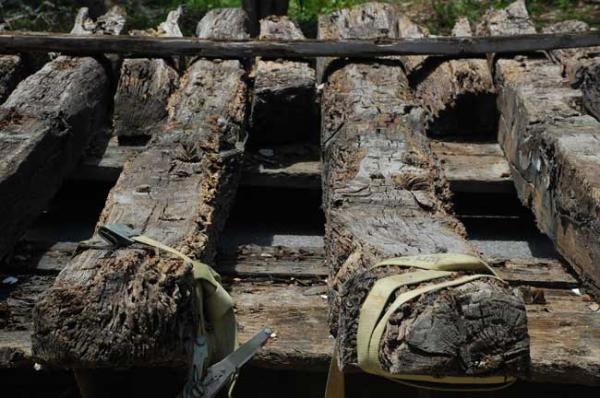
A nearly 400-year-old shipwreck was discovered in Corolla, N.C., in 2008 after storms and tides uncovered its timbers. Archeologists from the North Carolina Department of Cultural Resources believe the structure to be the remains of the oldest shipwreck discovered off the North Carolina coast.
Surveying the wreckage

In the summer of 2010, archeologists decided that the wreckage couldn't remain on the beach any longer, where wind, sand and water could harm the timber remains.
North Carolina state officials surveyed and measured the wreckage in pieces so they could figure out the best way to move it.
Artifacts abound
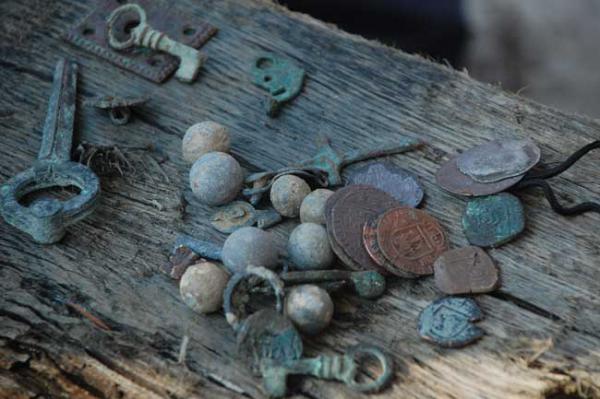
North Carolina's Outer Banks are no stranger to shipwrecks, with thousands scattered along the coast. But, it is rare to find the remains of older, wooden vessels still intact.
Since the shipwreck was exposed in 2008, many Corolla residents have used metal detectors to find artifacts at the site. The artifacts pictured above were recovered by resident Ray Midgett.
Major coinage
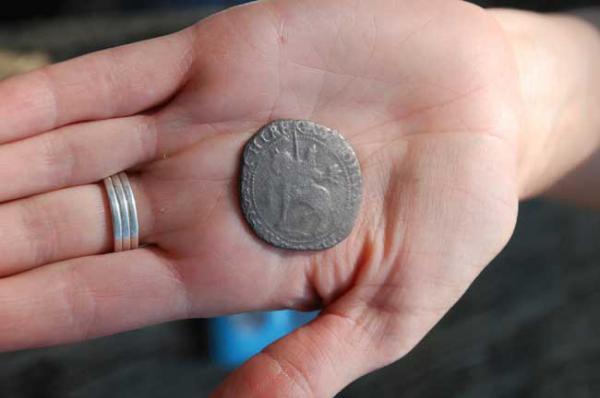
Ray Midgett has collected many of the artifacts associated with the wreck. Above, a rare coin that he discovered.
"It is a silver, 1642 Charles I, British Crown ... issued during the English Civil War period," Midgett said. "The back of the coin bears the date and wording, "RELIG : PROT : LEG : ANG : LIBER : PAR," which means, 'To uphold the Protestant Religion, the Laws of England and the Liberty of Parliament.'"
Sign up for the Live Science daily newsletter now
Get the world’s most fascinating discoveries delivered straight to your inbox.
Careful!
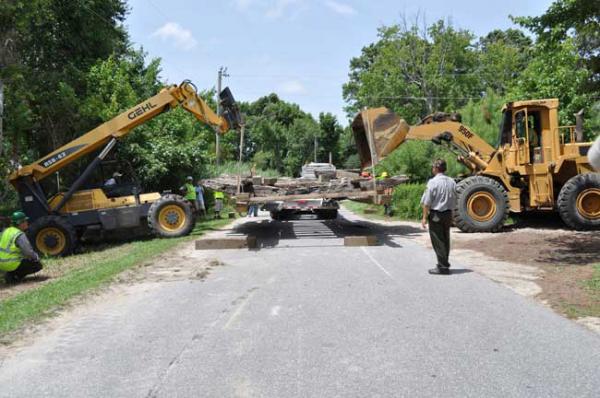
A contracting company and a Corolla resident lent their heavy-lifting equipment to the task of slowly raising the 12-ton shipwreck and placing it onto the truck for the move this past summer.
To date, the oldest shipwreck discovered along the state's coast is the flagship of Blackbeard the pirate, the Queen Anne's Revenge, which sank in 1718, and was discovered in November 1996.
Steady!
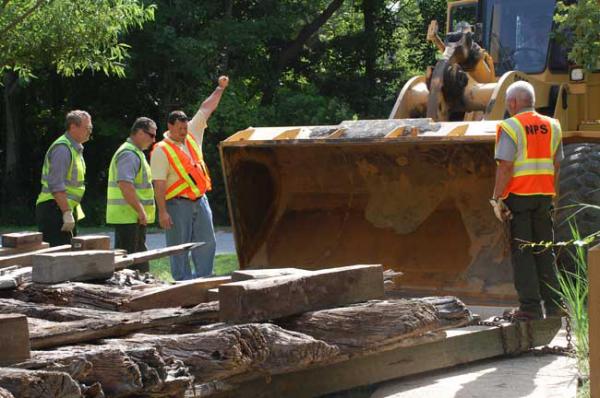
Members of the National Park Service carefully guide the wreck onto the back of a truck for the trip to the Graveyard of the Atlantic museum in Hatteras.
Archeologists said the skeleton could be of a mid-1600s merchant ship.
New home: The graveyard
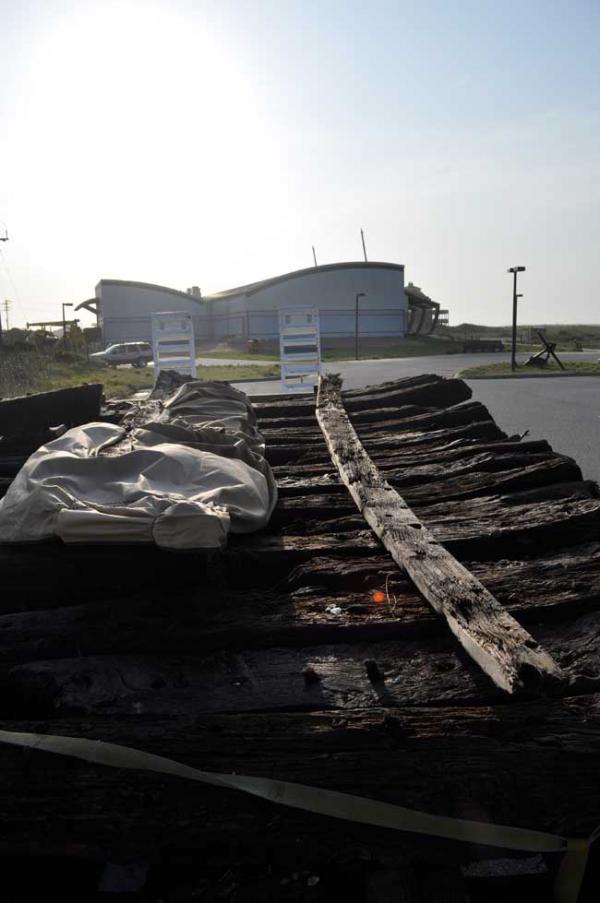
After the wreckage was lowered onto a truck bed, a caravan of nine vehicles led the shipwreck on its journey.
Amidst heavy downpours and strong winds, the shipwreck arrived safe and sound at the Graveyard of the Atlantic Museum. [Related: In Images: Shipwreck Alley's Sunken Treasures .]
Placing shipwreck on pad
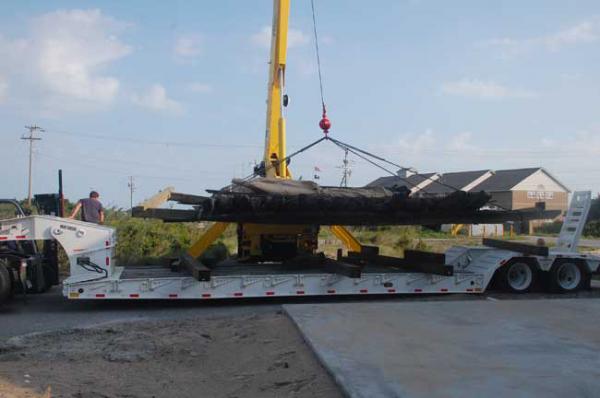
The 17-foot-wide (5 meters) by 37-foot-long (11 m) wreckage was lifted from the truck bed and placed on a concrete pad behind the Graveyard of the Atlantic Museum, where research on the pieces continues as part of a working exhibit. Visitors can watch as archeologists try to solve the mystery and unravel the story of the shipwreck.
"For anyone interested in history, in shipwrecks or the maritime mysteries of the area, this is an absolute must see artifact," said Joseph Schwarzer, director of the North Carolina Maritime Museums. "It is unique, it is of enormous importance, and it could easily become a central point of destination for maritime and the broader cultural traveler."











